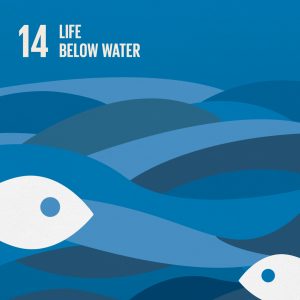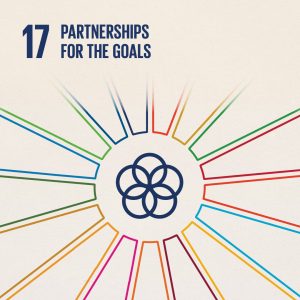By Kelly Dunning.
Coral reefs are the most colorful, lively, beautiful locations of life below the water, and yet they are the most threatened. Human burning of fossil fuel for heat, energy, and industry has led to a warming ocean, and with it, corals that turn a bright white color when stressed by high temperatures. Other impacts of a changing climate, such as sea level rise and increased tropical storm intensity, are smothering corals (depriving them of the light they need to make food) and breaking coral in ever-more-intense storm events.
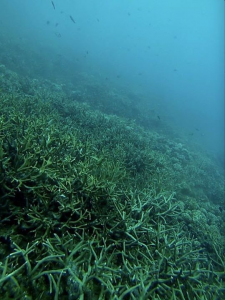
Reefs of Tioman Island, Malaysia 2016
The year 2020 was a really important year for conservation diplomacy. Decision-makers from around the world have signed important treaties to ensure that life below the water persists despite climate and other threats like pollution and overfishing. 2020 marked a crucial deadline for signatories to one such treaty, the Convention on Biological Diversity (CBD), the most important global agreement for biodiversity conservation. The 196 signatory nations to the 1993 CBD must show that their national targets for conservation (known as the “Aichi Biodiversity Targets”) have been met. For example, Aichi Target 10 aims to “reduce anthropogenic pressure on coral reefs and other vulnerable ecosystems” Leaders and decision-makers need a better understanding of the treaties that we have established to meet these targets in order to inform post-2020 CBD policy implementation. What techniques on the ground have worked? What are some causes for hope?
My lab at Auburn, the Conservation Governance Lab, works on one form of biodiversity conservation known as marine protected areas, because they are widely-praised conservation tools established to protect one of the world’s most treasured and threatened sources of biodiversity: coral reefs. Our work takes us to Indonesia, because it falls within a region known for its coral reef richness: the Coral Triangle. The Coral Triangle has more coral and fish diversity than anywhere in the world, and over 100 million people across six nations that depend on reefs for livelihoods. Specifically, we look at the many ideas that Indonesian people have for setting up and maintaining marine protected areas in the face of a changing climate, often with minimal resources and training.
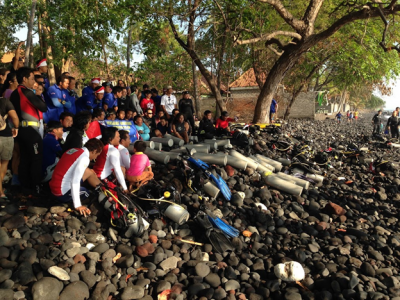
Community diving training and cleanup in Amed, Indonesia in 2015
In Indonesia, small villages like Pemuteran and Amed have set up community based marine protected areas, in which they have created underwater sculpture garden areas. These sculpture gardens feature traditional stories from the Hindu epic Ramayana, one of the most important ancient epics ever written. These sculpture gardens are beautiful sites to see underwater, but they also take visitor pressure off the coral reefs when climate-related bleaching is negatively impacting reefs, giving them time to recover. Other villages have made similar underwater sculptures to attract fish in the face of coral mortality from recent high intensity bleaching episodes such as in 2016. Other communities have created traditional dancing programs to educate children on reef conservation. Some community leaders have created groups of village leaders, known as Reef Guardians, who remove invasive species that harm the reef, like crown of thorns starfish. The Reef Guardians also provide jobs training to young people in the villages who want to make a living in ecotourism and diving on local reefs.
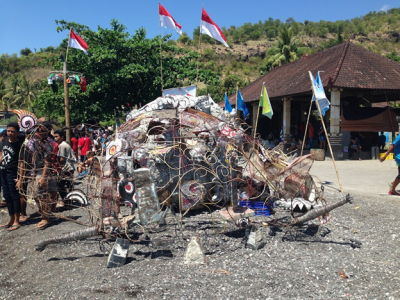
Underwater sea turtle sculpture made of found objects
Taking inspiration from the work of Indonesian communities is a hollow exercise unless we in wealthy Western countries commit to taking rapid action on climate change and reducing our emissions. It is only with concerted action on emissions, while enabling local communities to lead in their conservation innovations, that will ensure that life under the water persists.
By Dr. Kelly Dunning, Principal Investigator, Conservation Governance Lab at Auburn University
Learn about the SDGs & AU and our contributions related to this post.

